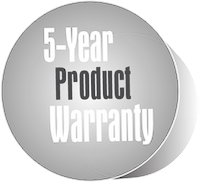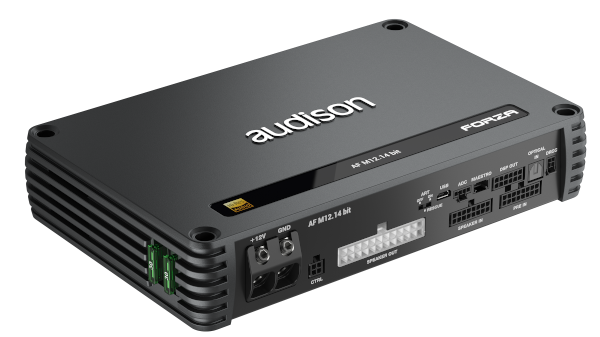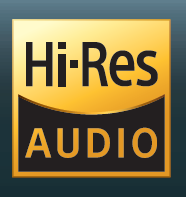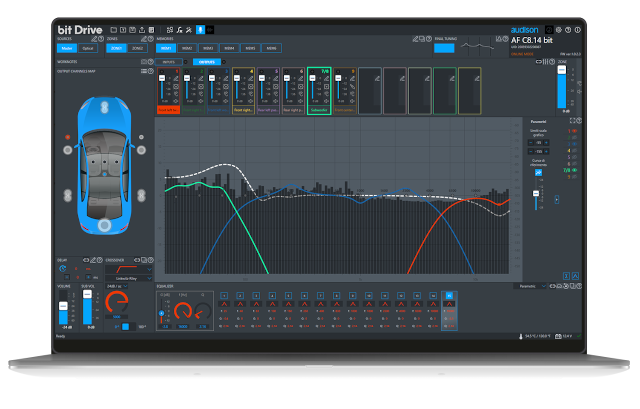Audison Forza – Hi-Res Automotive Amplification
Hi-Res audio is all around us now. Manufacturer’s of audio equipment have jumped on the band wagon to exploit the general public’s curiosity. Audison has always been an early adopter of new technologies. The grass roots research and development they have carried out on Hi-Res is typical of them and also extremely rare. The majority of manufacturer’s will buy in Hi-Res solutions, sometimes without a true understanding of what it is or how to use it.
What is Hi-Res
There are already a number of accreditations which enable companies to describe equipment as Hi-Res. The toughest and most widely adopted is that defined by The Japan Audio Society (JAS).
Simply put, in order to receive JAS accreditation your equipment must handle a 24 bit word depth at a minimum sampling frequency of 96kHz. It should also accept FLAC and WAV files. Furthermore an expanded frequency response up to 40kHz is specified. This matches much recording equipment old and new, and is seen as the only credible way to go about achieving near perfect results. Rigorous listening test are carried out on all equipment offered for accreditation.
Because of this, Audison launched its Forza range of amplifiers with absolute confidence that they would satisfy even the most discerning listener.
12 months on, and we can confirm, that these amplifiers are very much hitting the mark. FOUR CAR AUDIO reports that sales are very brisk and that feedback is extremely positive from both installers and end-consumers.
Amplifier Controls and Set-up
Audison FORZA amplifiers do not stop at achieving Hi-Res accreditation however. The bit products contain powerful audio analysis and adjustment facilities. These can be viewed and adjusted via a PC, although we would recommend leaving this in the hands of your trained installer. The sheer number of adjustable parameters is baffling and overwhelming to most customers who just want the best sound possible.
The ability to analyse and adjust helps your installer to optimise the performance of your entire system. This is particularly important to those wishing to listen to Hi-Res audio sources.
What Improvements Can You Hear?
Perhaps the thorniest issue faced by manufacturers of Hi-Res equipment is managing the expectations of the listener. People’s perception of “good quality sound” involves many factors. It is unusual for a group of people to all agree on the definition of good sound. Each listener will have a different perception.
Many casual listeners will mention “clarity”. The word has no particular definition in music, although we all know what we mean when we use it.
People hear things differently. You can apply science to some of it, but much more is very difficult to define. It is completely wrong to judge the ears of a listener based on the words they use to describe what they are hearing. Go to any audio forum and you will see constant arguments about the definition of good sound and the science behind it.
Caveat Emptor – Buyer Beware
All Hi-Res is not equal! As previously mentioned there are now a number of different definitions which I suspect exist in some cases, to make Hi-Res accreditation easier and cheaper. This is not a new phenomena of course.
Hi-Res audio is not necessarily something that can be AB tested. Most Hi-Res versions of existing music have been fiddled with and will in some case not sound like the original vinyl, tape or CD version anyway. However, you will find some that are of exceptional quality. Beck’s “Sea Change” for instance. Jeff Buckley’s “Grace” in 24bit 192kHz sounds awesome as does most of Neil Young’s back catalogue, just a few amongst thousands of Hi-Res renderings I have personally listened to that definitely benefit from having been re released in Hi-Res.
Ultimately, only you know what is right for you. Get a demo, and make up your own mind!








